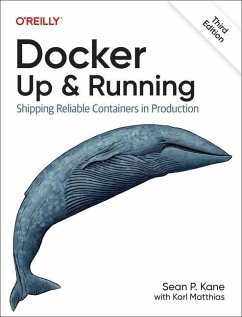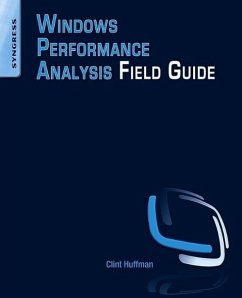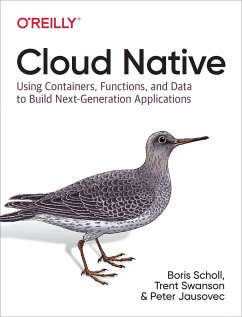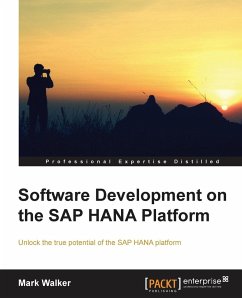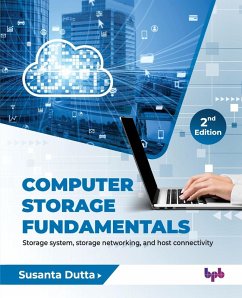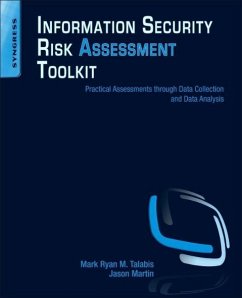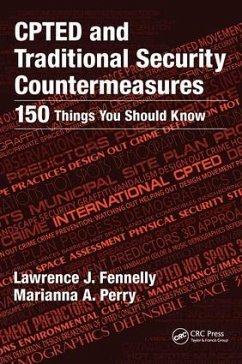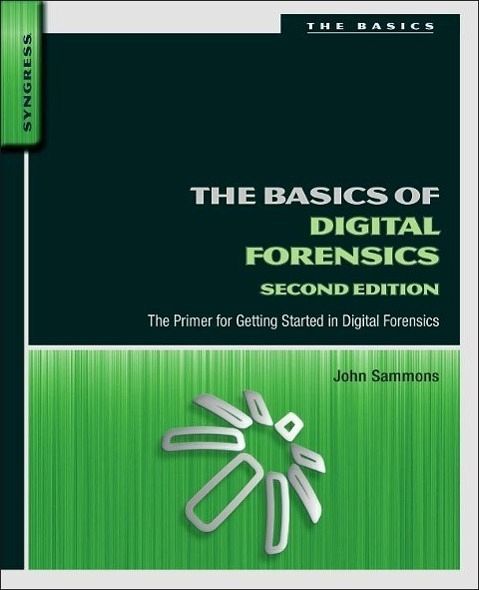
The Basics of Digital Forensics
The Primer for Getting Started in Digital Forensics

PAYBACK Punkte
13 °P sammeln!
The Basics of Digital Forensics provides a foundation for people new to the digital forensics field. This book offers guidance on how to conduct examinations by discussing what digital forensics is, the methodologies used, key tactical concepts, and the tools needed to perform examinations. Details on digital forensics for computers, networks, cell phones, GPS, the cloud and the Internet are discussed. Also, learn how to collect evidence, document the scene, and how deleted data can be recovered. The new Second Edition of this book provides the reader with real-world examples and all the key...
The Basics of Digital Forensics provides a foundation for people new to the digital forensics field. This book offers guidance on how to conduct examinations by discussing what digital forensics is, the methodologies used, key tactical concepts, and the tools needed to perform examinations. Details on digital forensics for computers, networks, cell phones, GPS, the cloud and the Internet are discussed. Also, learn how to collect evidence, document the scene, and how deleted data can be recovered. The new Second Edition of this book provides the reader with real-world examples and all the key technologies used in digital forensics, as well as new coverage of network intrusion response, how hard drives are organized, and electronic discovery. This valuable resource also covers how to incorporate quality assurance into an investigation, how to prioritize evidence items to examine (triage), case processing, and what goes into making an expert witness.





